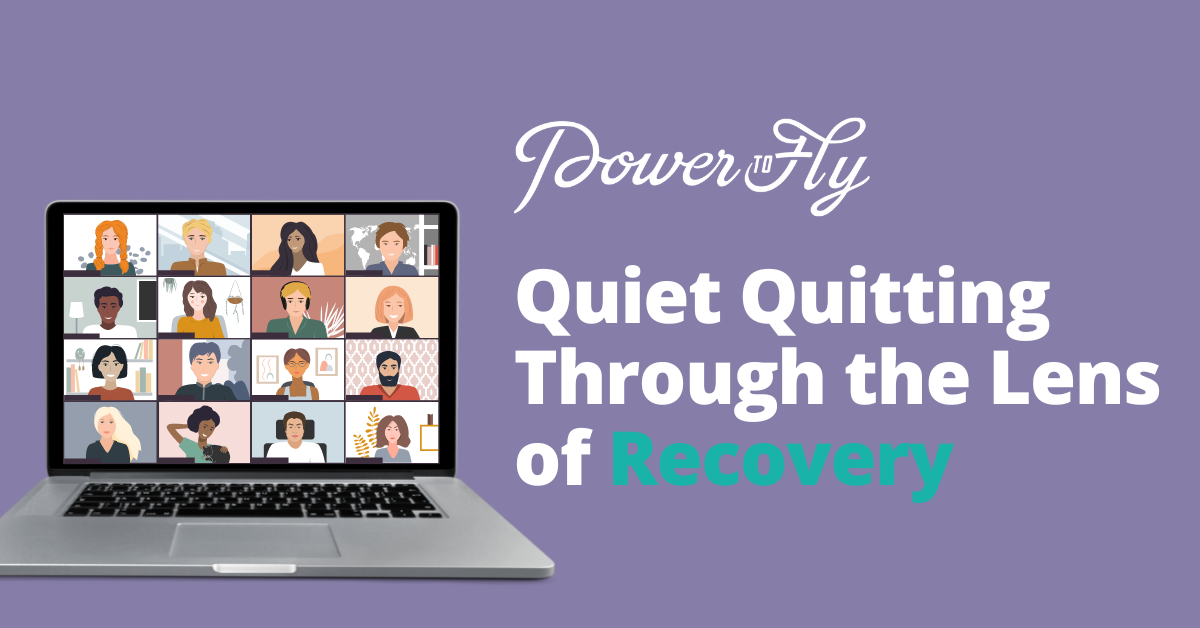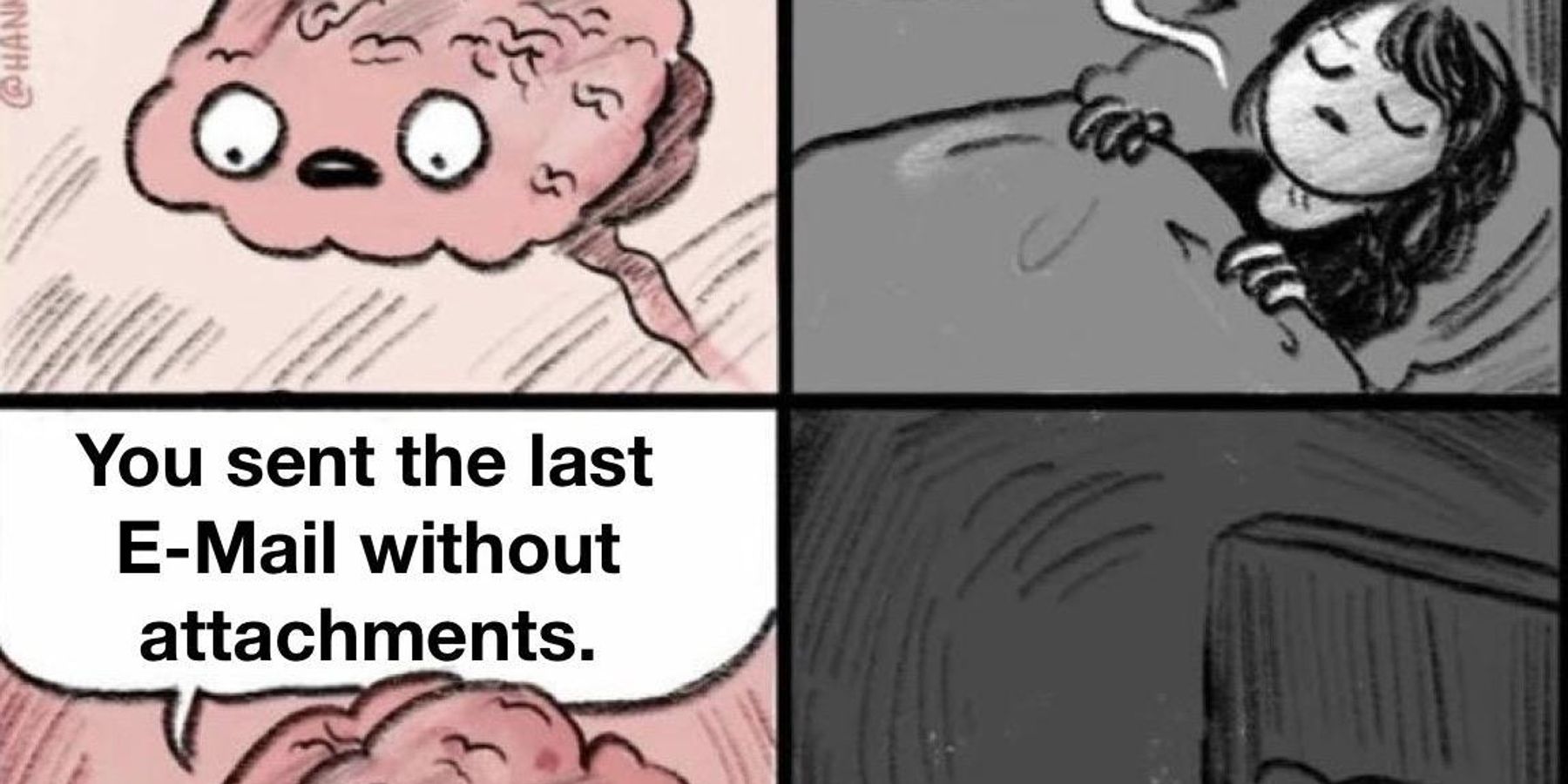When articles calling quiet quitting a toxic trend began to circulate, my immediate thought was: they’re missing the point entirely (and this is clearly sponsored content). Quiet quitting, in case you missed it, is doing the work that you’re being paid for and not participating in ‘hustle’ culture.
From my side of TikTok, it’s clear that quiet quitting is a quiet revolution.
It’s not the crisis or trend of apathy that some would have you believe, but rather it’s a collective reevaluation of priorities and the creation of workplace boundaries. Quiet quitting is an assessment of the give and take of work dynamics and a remembering of our inherent value as people.
We spend most of our lives at work — why would we not develop similar boundaries and healthy habits in our work life as we do at home?
Work at one time in my life was a replacement for addiction.
When I became sober in the first few months of the pandemic (great timing, right?), my accountability process began with naming the differences between my sobriety and my recovery.
What I mean by that is:
My sobriety is the list of things that I’m not doing.
My recovery is the list of things that I am doing.
Sobriety is all about boundary setting and recovery is having an active presence in your own life. The same can be said for quiet quitting.
Taking control of your sobriety requires the resetting of power dynamics - in your relationship with yourself, and others. As someone who worked a year into the pandemic before considering setting Do Not Disturb hours on my work apps, I can tell you that forming and holding boundaries in my sobriety has helped me to better navigate workplace boundaries.
Boundaries are often a novel concept for folks who are in recovery — my boundaries were more like a sieve and less like a wall.
Those in recovery very often have traumatic experiences that have skewed our understanding of healthy relationship dynamics in the first place. And what is quiet quitting if not understanding and executing healthy boundaries effectively? When those in recovery find themselves in work situations that closely mirror our already abusive experiences, it’s hard to know how to navigate them in a healthy way.
Take a personal inventory. Ask yourself, what sort of environment is your employer creating for you?
What would need to change for you to want to stick around?
The world has changed and we have the power to rethink what a healthy, sustainable, and efficient workplace looks like — we are, after all, the experts of our experience. Quiet quitting is a reprioritization of people and well-being that ultimately benefits employers who center their workforce in the decision-making process.
So what does a healthy approach to quiet quitting look like in real life?
If you’re already considering quiet quitting:
- Determine clear lines between what is and isn’t within your job description (what are you NOT getting paid to do that you are doing?)
- If you’ve taken on additional responsibilities, have a conversation with your supervisor or HR about equitable compensation or a title change to reflect the work that you’re doing. Not sure what that looks like? Do some market research with a platform like PayScale.
- If you’re a person of a marginalized identity, think about the ways that your lived experience is being utilized to drive company DEIB efforts. This sort of labor often goes unrecognized in the form of compensation and can be exceptionally draining.
- Talk to your team (if it’s safe to do so) about the challenges you’re facing. Chances are, you aren’t the only one.
- If you don’t have a supportive relationship with your supervisor or HR, this is a perfect opportunity to organize with your coworkers. Be open with one another about the ways in which work is bleeding into the rest of your life. Discuss your salaries/pay rates (yes, this is legal), the expectations around your workload, and your schedules to suss out inequities.
- Hold your ground on work hours and utilize Do Not Disturb settings. Set DnD hours (for all you dungeon masters out there, not that DnD) and establish the expectation that you will not be answering work messages after hours.
If you’re entering a new workplace, this is an excellent opportunity to:
- Pay attention to your gut — it will identify red flags of toxic culture if you let it.
- Ask yourself, does my workplace value me as an individual and allow me to bring all parts of myself to the table, or does it value assimilation?
- Have open conversations with your team about practices you implement to protect your life outside the workplace. It could even help your coworkers create healthier boundaries for themselves.
- Set clear expectations and communicate. Communicating your expectations and boundaries early on can help you avoid issues down the road.
Something that you learn rather abruptly in recovery is that not everyone wants to respect the boundaries you set to protect your peace.
If someone in your life has benefited from your squishy boundaries in the past, they will likely feel the disruption of new change. The same is true of the workplace. If someone, a team, or even the company has benefited from you prioritizing work over your own life and health, the likelihood of a negative response to clearly defined boundaries is higher.
Sometimes, setting new boundaries is healthier than rebuilding. There are organizations that want you to find a new role that better aligns with your values, brings you peace, and prioritizes you as the unique human that you are.
Are you ready to make a change? Explore open career opportunities at https://powertofly.com/.




